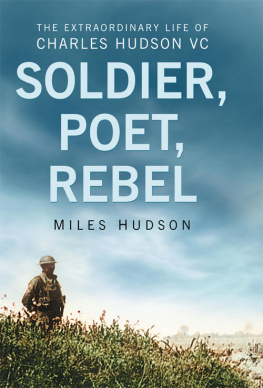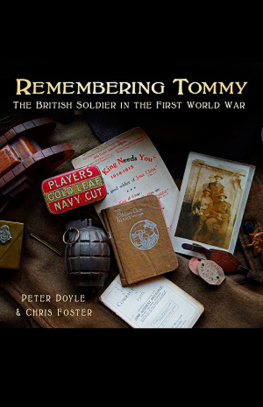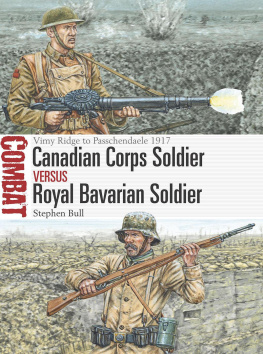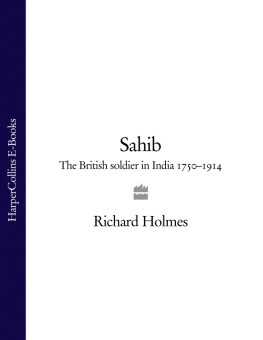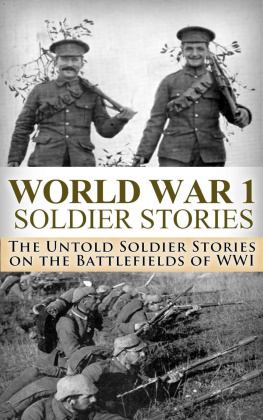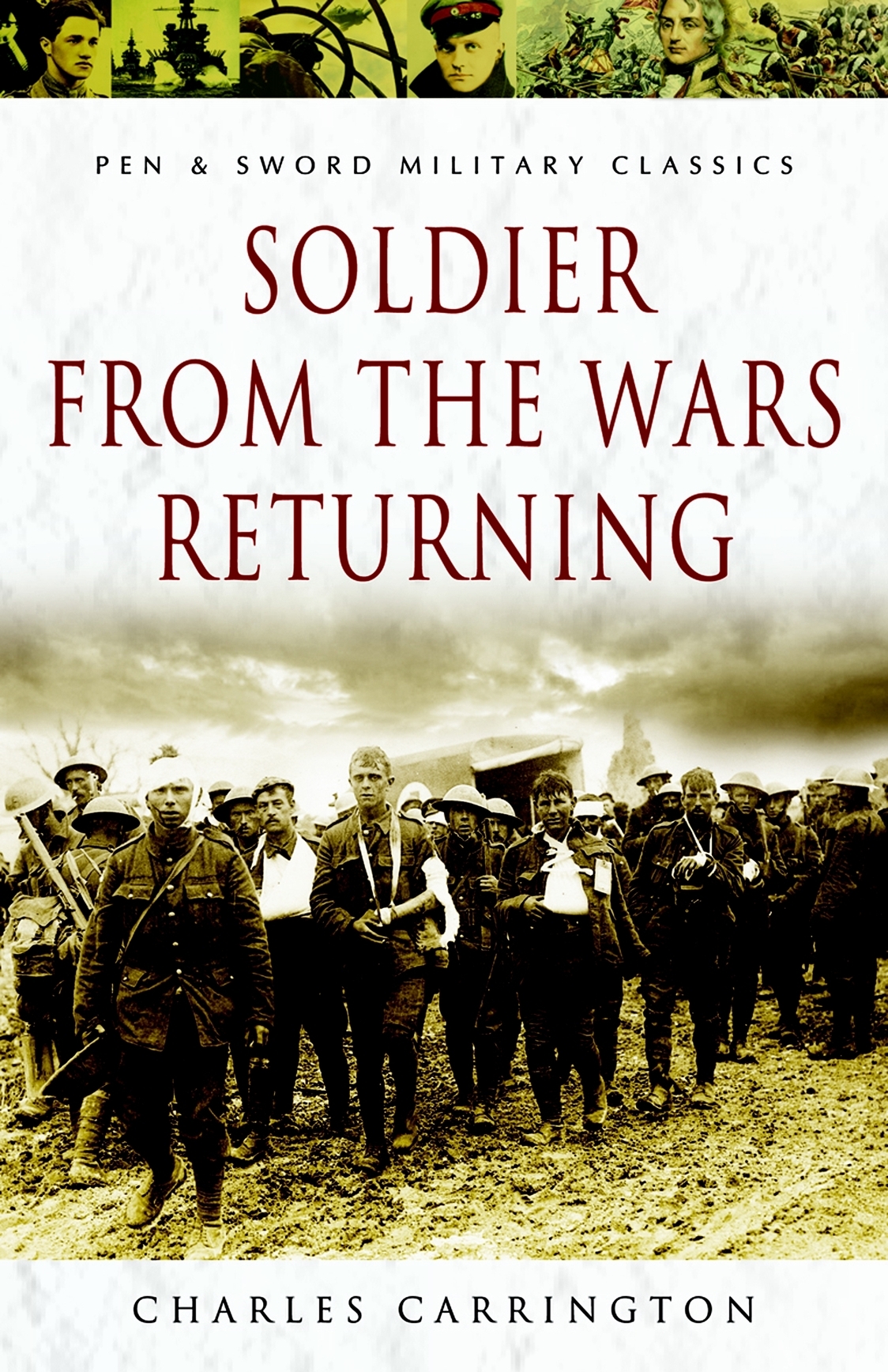I am obliged to my friends: Mr. Herbert Van Thai for instigating me to write this book, Mr. John Terraine for correcting some of the grosser errors and for allowing me the use of two maps which originally appeared in his own books, Dr. Noble Frankland (and his colleagues at the Imperial War Museum), and Commander Charles Drage, R.N., for many stimulating discussions about what it felt like to be young in 1914.
Thanks are also due to George Allen & Unwin Ltd., for allowing me to quote from The Supreme Command 1914-1918 by Lord Hankey (1961).
(with J. Hampden Jackson )
etc.
APPENDIX A
Western Front Strategy, 1914-18
A NOTE ON MAP 2
The Germans had prepared strategic railways on both banks of the Rhine, with spurs leading forward to the French and Belgian frontiers. From the layout of the railways it was obvious that a main thrust would come through Cologne, Aachen and Liege. It was certain then that Belgium would be invaded. But would the Germans also invade Holland to use the Dutch strategic railways? (They did in 1939 but not in 1914.) The French staff thought not; they expected the main thrust through the Meuse valley, the shortest way to Paris. Henry Wilson disagreed and was right; he thought they would swing wider through Brussels as indeed they did, bringing Antwerp into the picture. All the newcomers to the problem (Kitchener, Roberts, Churchill) wanted to use Antwerp for taking the Germans in the flank, and even Sir John French had leanings that way; but the staff officers with secret information said it was impossible. The ships and trains and loading schedules were already prepared to bring the B.E.F. into action at Maubeuge for a campaign that would be settled in forty days. Kitchener and Haig didnt agree; they expected a long war; but the plan was already in motion and couldnt be stopped. Kitchener tried to hold back, thinking that Maubeuge was too far forward; he wanted to concentrate at Amiens but the B.E.F. actually went still farther forward to Mons.
The French plan was to advance and meet the Germans on the frontier with great strength in the centre, where French elan would drive them back against the hilly country and would there defeat them. The armies would attack everywhere so that the German advance would be thrown into confusion. This plan failed: the French could not reoccupy Alsace and though they held in the centre from Nancy to Rheims, they were overwhelmed on the left by the strength of Von Klucks Army against which Henry Wilson had warned them. Sir John, commanding the British, and Lanrezac, commanding the French left-wing, each did very well and each fought more than one effective rearguard action, but they quarrelled personally and co-operated badly. Lanrezac was dismissed (the penalty for having been right) and Sir John was humiliated by Kitchener who came to France and overruled him.
The Battle of the Marne and the German withdrawal to the Aisne left the whole Western Front from Soissons to Belfortthree hundred milesmuch where it was to be stabilized for three years. Attention then shifted to the open flank and there followed the race to the sea. The French command was now nervous about the British, who seemed to be looking over their left shoulders and thinking too much of an escape route (the policy they had to adopt in 1939). So the British were not put on the outer flank but were sandwiched between two French armies under the general control of Foch. The battle of Ypres, October-November 1914, was an allied battle and relations between the two armies were never better. In October, Kitchener and Churchill made their gallant attempt to hold the Belgian coast as far as Antwerp. Most of the detachments they landed on the coast fought their way through to link up with the B.E.F. at Ypres. By mid-October, the northern sector was stabilized from the Somme to the Channel100 milescompleting the Western Front from Nieuport in Belgium to the Swiss frontier. Itsecured for Germany the industrial region of Artois and the Lorraine mines, as well as the open plains of Picardy and Champagne between the Meuse and the Somme, country whose only value was as a threat to France.
During the period of trench warfare, strategy turned on the lateral railways by which reserves and stores could be moved to a threatened sector of the front. In Champagne, the Germans were dangerously near the French lateral railway along the Marne, where a small advance would cut the French Armies in two; at Noyon they were within sixty miles of Paris; at Gommecourt Wood near Arras they were only thirty miles from the railway between Amiens and Abbeville, the main link between the British and the French.
On the other hand, the long-range objective of the allies was to breach the German lateral railway through Ostend, Roulers, Valenciennes, Maubeuge, Hirson, Sedan, and Metz, so that the German armies would be divided and could be defeated one by one. In their centre the Germans had to contend with the hilly region of the Ardennes, not rough or steep enough to prevent movement, but unprovided with railways and, in 1914, ill-provided with roads. The railway-bound armies of those days had to go round, either north about by the Meuse Valley or south about by the Moselle Valley, and if the Allies could regain control of the central sectorSedan to Maubeugethe Germans would be cut in two. It was only on the last day of the war that this object was achieved. (Again it may be noticed that the 1939 French armies still conceived themselves as railway-bound. The German lightning-stroke came through the supposedly impassable Ardennes by the new roads.)
In the centre the extensive Noyon salient was, for the French, part of the prize of victory. The offensives in 1915 and again in the spring of 1917 were designed to cut off the German armies in the salient from both flanks, by a British attack (with or without French help) in Artois and by a French attack in Champagne. The 1915 battles failed.
The 1916 battles were of a different character. Falkenhayn had set the pace by launching his offensive at Verdun with the deliberate intention of bringing the French armies to battle and wearing them down with repeated bombardments and assaults, a strategy of attrition not of movement. He selected Verdun as the battleground not because its capture would give him any geographical advantage but because he was convincedand rightlythat the French would never give it up, for reasons of prestige. He would bring them to battle there, would maintain the initiative, and would destroy the French Army in the field. He did not quite succeed and failure in a battle of attrition is likely to be disastrous to the attacker.
Joffre called upon the British to draw off the pressure by opening another battle on their front which Haigalways loyal to the French allianceaccordingly did. The Battle of the Somme was again a battle of attrition. The place and time were not what Haig thought promising but were imposed upon him by Joffre. An advance on the Somme front would bring no obvious strategic benefit; it was chosen because it was thought to be a good place to bring the German Army to battle. Haigs own view was that when a breach had been effected the British armies should turn northwards and roll up the German flank since that would bring him to a real prize in the Artois industrial region; but Joffre seems not to have been much interested. He preferred to drive the Germans straight back, killing them where they stood.



